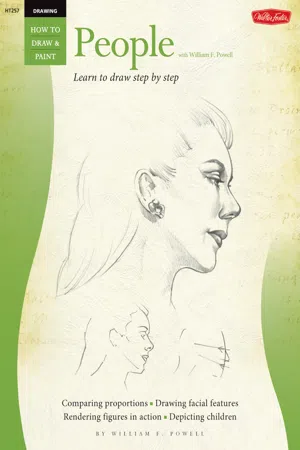
This is a test
- 32 pages
- English
- ePUB (mobile friendly)
- Available on iOS & Android
eBook - ePub
Book details
Book preview
Table of contents
Citations
About This Book
Artist William F. Powell invites you into his artistic world as he shows you how to re-create an intriguing array of people in pencil. Powell explores basic drawing techniques as well as art concepts that apply to drawing people, including proportion, perspective, and composition. He also explains how to render facial features, heads from various angles, and the figure in action, step by step. With this helpful guide, you'll even discover specific tips and tricks for drawing individual body parts, such as eyes, ears, noses, lips, hands, and feet. This comprehensive how-to-draw book is a valuable addition to any artist's drawing library!
Frequently asked questions
At the moment all of our mobile-responsive ePub books are available to download via the app. Most of our PDFs are also available to download and we're working on making the final remaining ones downloadable now. Learn more here.
Both plans give you full access to the library and all of Perlego’s features. The only differences are the price and subscription period: With the annual plan you’ll save around 30% compared to 12 months on the monthly plan.
We are an online textbook subscription service, where you can get access to an entire online library for less than the price of a single book per month. With over 1 million books across 1000+ topics, we’ve got you covered! Learn more here.
Look out for the read-aloud symbol on your next book to see if you can listen to it. The read-aloud tool reads text aloud for you, highlighting the text as it is being read. You can pause it, speed it up and slow it down. Learn more here.
Yes, you can access Drawing: People with William F. Powell by William F. Powell in PDF and/or ePUB format, as well as other popular books in Art & Art Techniques. We have over one million books available in our catalogue for you to explore.
Information
Topic
ArtSubtopic
Art TechniquesShading Techniques
Shading enables you to transform mere lines and shapes in your drawing into three-dimensional objects. As you read through this book, note how the words shape and form are used. Shape refers to the actual outline of an object, while form refers to its three-dimensional appearance. See the examples below.

This is an oval shape.

This has a three-dimensional, ball-like form.
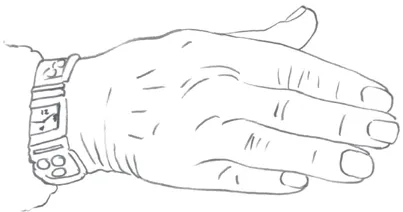

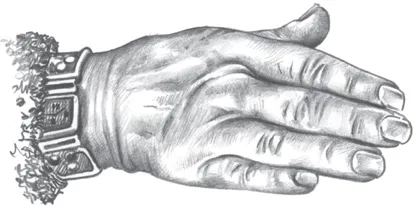
As you shade, follow the angle of the object’s surface, and blend to allow the texture to emerge.
As you can see, pencils can be used with sharp, round, flat, and blunt points, and several techniques can be combined on one surface. The paper stump helps smear the lead, making a blend softer. Experiment and see what kinds of textures you can create on your own.
Note the different kinds of lines each type of drawing tool can create.
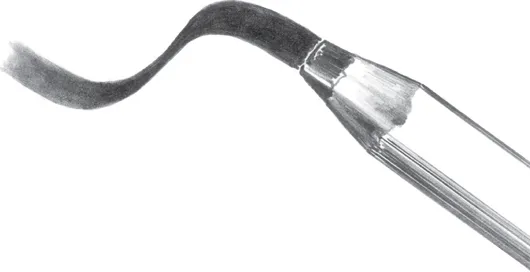
FLAT SKETCH
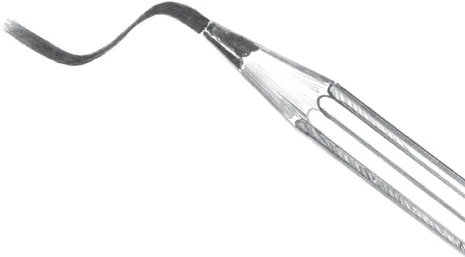
ROUND SHARPENED FLAT
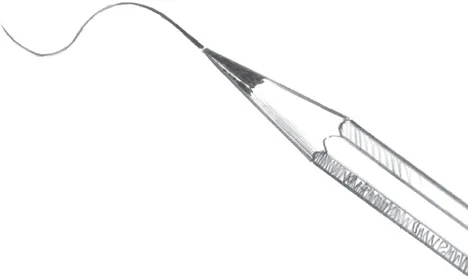
TIP OF SHARP ROUND
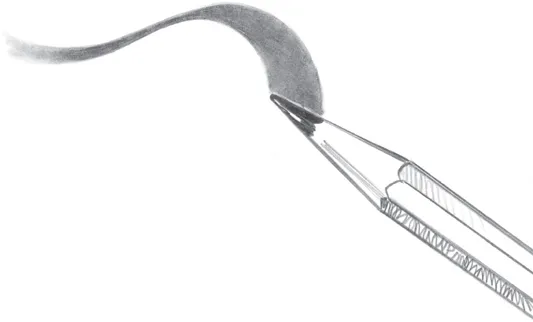
SIDE OF ROUND

BLUNT ROUND
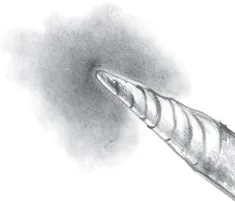
PAPER STUMP/TORTILLON

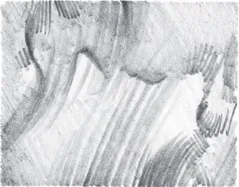
Make patterns like the ones above using the side, rounded tip, and sharpened point of an HB pencil. Shade backgrounds first; then draw patterns over them. Pressing harder creates darker effects.

Gradual blends like these above can be created using the side of a 2B pencil. Shade in one direction to make the vertical finish on the left. On the right, see that two “blend angles” produce a smoother finish. Start lightly and increase pressure as you work to the right.
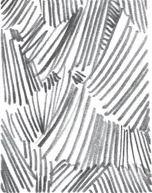
Use a sharp-pointed HB to draw this line pattern.

Shade a light background with a round-pointed HB. Then use a sharp-pointed one to draw the darker, short lines over the background.
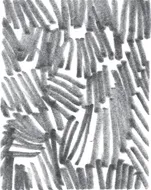
Draw groups of randomly patterned lines using a round HB lead.

Use the side of an HB to shade the background, blend with a paper stump, then add patterned lines over the background.
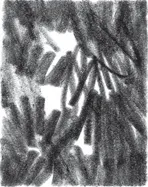
Create blends and lines like these with a blunt round 2B pencil.
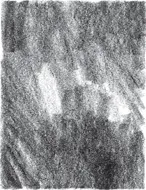
Use the same technique as the left example, then blend soft...
Table of contents
- Cover
- Title Page
- Contents
- Getting Started
- Shading Techniques
- Pictorial Composition
- People in Perspective
- Adult Head Proportions
- Head Positions & Angles
- Facial Features—Eyes
- Facial Features—Noses & Ears
- Facial Features—Lips
- Facial Features—the Smile
- The Profile
- The Three-Quarter View
- Child Head Proportions
- Mature Faces
- Adult Body Proportions
- Child Body Proportions
- The Body
- Hands & Feet
- Clothing Folds
- Foreshortening
- Movement & Balance
- Bending & Twisting Figures
- Figures in Action
- Sports Figures in Action
- Children in Action
- Applying your Skills
- About the Artist
- Copyright Page